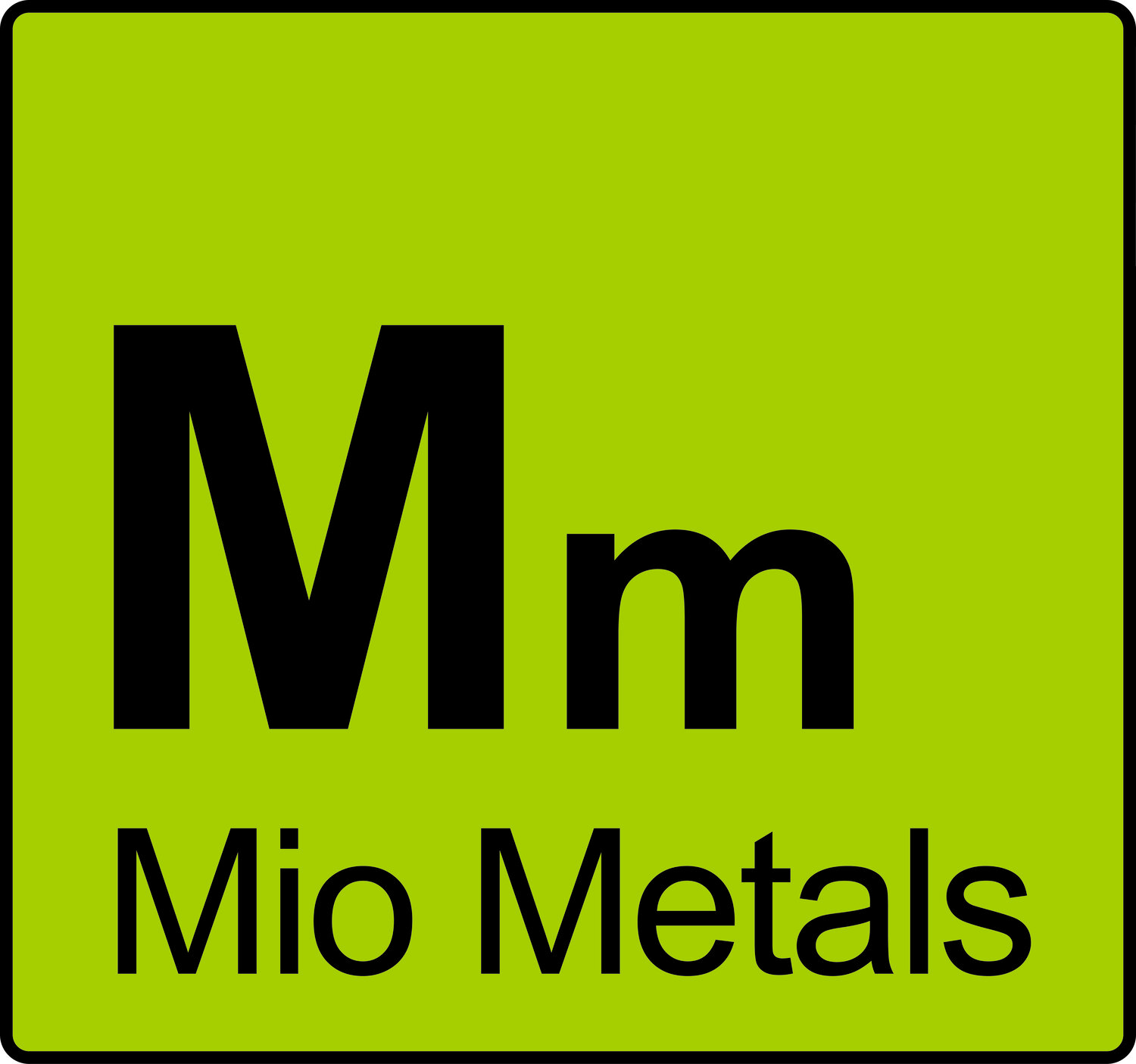
Copper Reactions
Copper Basics
Copper is a reactive metal which oxidizes through exposure to various elements. Much like steel will oxidize (rust) when exposed to moisture, copper will also react through exposure to various elements. Unlike rusting steel, however, copper does not break down. Therefore, the layer of oxidation forms a patina on the copper without disturbing the base metal.
It is important to understand that copper, when left unsealed, will always be reacting in some way.
Results of the reactions
Typically, copper will be an orange-red color when coming out of a fabrication process and will show its age by oxidizing toward a brown color (think a new penny versus and old penny). This is true in most kitchen environments – the reactive agents in most kitchens will only produce brown patinas.
Green?
Many worry that their copper range hood will turn green as it ages. This is unlikely for a few reasons. The green oxidation typically forms on exterior installations of copper – gutters, roofing and garden décor – that are left exposed to the elements for many years.
It is true that copper, when installed along or near a sea coast, will turn green very quickly from the salty sea air. Therefore, in coastal homes, it is possible that a copper hood can develop a green patina if the windows are left open for a considerable amount of time. This depends, of course, on the amount and type of airflow so we have no way of predicting the reaction in every living environment.
The greenish patina that forms on copper is usually very powdery and will rub off easily. Thus, cleaning with a soft cloth and mild soap will usually remove any green hues.
Copper Reactions
Reactive Agents
Here is a list of substances that may be in your home and will react with copper. Most on the list need to sit on the copper for an extended period of time to produce a color change. This also means that highly visible substances such as tomato sauce will be less likely to have enough time to react as clear substances such as fingerprint oils or water. While these are technically chemical reactions they are not they type that produce vapors or heat so don’t worry.
Substances that change the color of copper (reactive agents)
Lemon juice (any citric acid)
Tomato sauce, salsa, etc.
Water (yep and your water might be different than mine)
Wine
Vinegar
Bleach
Ammonia
Muriatic acid
Salt
Fingerprint oils
Toothpaste
Found something that reacts in your kitchen? Let us know!
